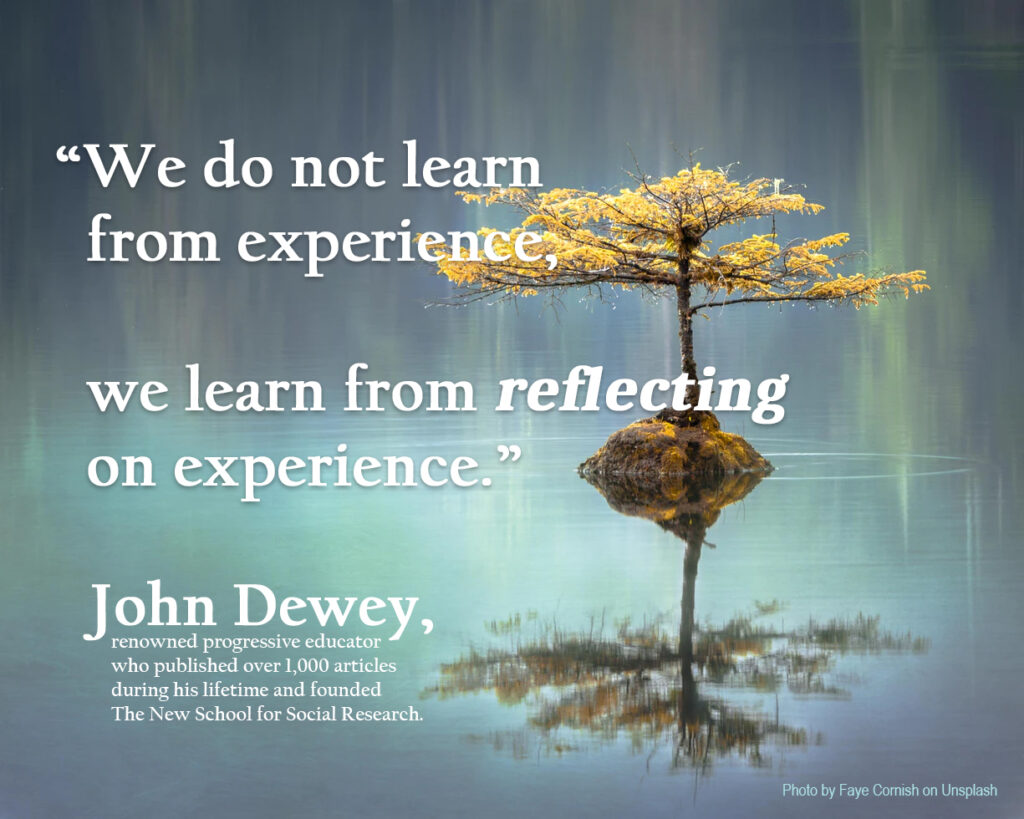
The Dynamics of Learning and PYP: An Interview with the Lower Elementary Coordinators of Hope Christian High School
With the adoption of the Primary Year Program at HCHS in the midst of the pandemic, the coordinators at the lower elementary grade levels put in their thoughts on the dynamics of the Montessori approach, socialization, the concept of play, and the newly accredited PYP in the equation of successful learning.
Hope Christian High School Preschool Program, with students from aged three to five years old, has been known for many years as a highly-recognized Montessori School in Manila, especially within the Chinese-Filipino community. Since the turn of this century, it has had teachers trained and certified by the Montessori Institute of America in the Philippines.
Q: How does the IB’s Primary Year Program fit into the approaches that teachers in Pre-School have used such as Montessori Approach, play, and socialization?

Imelda ‘Dang’ Comia, a Nursery teacher and Pre-School Coordinator who has taught at HCHS since 2003, provides an answer to this question. “We believe that at their age, students learn more through exploration, play, and socialization. On the other hand, we use the framework PYP provides where students inquire about things in their surroundings, and find patterns, for example. We still let them explore through play and socialization as part of the (inquiry) process. Instead of preparing materials in the classroom, they look for examples of patterns in their clothes or things they have around them.”
One could sense the enthusiasm in her eyes, as she explains. “Students learn from doing, exploring. We still use the Montessori principles and materials like color tablets, beads, and blocks, but PYP provides the inquiry process. The two approaches actually complement each other.”

Q: How does the Inquiry Approach work?
“Inquiry is really new to teachers at Hope Christian High School. It is an approach where children have their say in what they want to learn with the guidance of their teacher,” Sheena Ong, the Grades 1-3 Coordinator, thoughtfully introduces how the Inquiry Approach works in the lower Elementary grade levels at Hope. “In the Inquiry process, students have a say in what they want to learn with the guidance of their teachers.” She further explains that in the initial steps of the inquiry, teachers provide the ‘provocation,’ a thought-provoking activity from which “students form and ‘wire’ their questions” about lines of inquiry that the PYP program provides.

“For example,” she continues to illustrate how the students are partners of teachers in this learning process, “within the central idea of Human Beings as Living Things, the teacher provides ‘engagements’ or activities where the students explore the line inquiry of how humans survive in their environment.” Students find out and sort out information to answer their questions, or they may want to go further than what the scope of the engagement activities provide. “In one of the lessons on Asian cultures in grade three,” Sheena notes, “a couple of students became interested in an African country, and out of their interest, studied the subject in more depth.”

Q: How else is the PYP different from other traditional approaches?
Sheena points out that what makes the PYP successful is its emphasis on an-going reflection and self-assessment of what and how students are learning as shown in the IB Student Profile. “This is seen through the tasks they do, journals they answer, and classroom discussion.”

Other than using an inquiry approach to issues and themes, Sheena points out that learning does not happen in one particular subject area exclusive of the others. It is actually transdisciplinary, with concepts and skills that extend to multiple disciplines.
Other than these two features, the coordinator explains that authentic assessment is a big part of the whole process and that “the program believes in authenticity of assessment.” Students create vlogs to express their learnings, diaries and journals, news reports, business letters, travel brothers, and others. Reflection and self-assessment are a big part of that process. “Various forms of assessment are used and administered before, during, and after a unit.”
During this pandemic, Hope Christian High School implements three sets of modules in elementary school: one is the transdisciplinary Unit of Inquiry (UOI), which integrates the PYP lines of inquiry into concepts of social studies, science, art, music, and health. The other two units of study also follow an inquiry model: (2) a Literacy unit of inquiry which focuses on literary and language skills; and finally, (3) Numeracy where math concepts are emphasized and math skills are developed.
Q: Now with virtual learning where students are confined in their homes with their family, how has their teaching changed?
Dang explains, “As much as possible we try to integrate socialization and play. We used to prepare the Montessori materials; now we let the kids explore what they have at home since they don’t have the resources that the school and their classroom provide.”

“We still do many types of games, like ‘Bring Me Games’ where we ask students to bring something red, or cylinder, sphere, from their bedroom or kitchen. We still have read-aloud, music and movement and do puppet story telling.” For a sample of this type of activity, scroll to watch the video, “Unlocking Children’s Imagination.”
Challenges and Opportunities
Sheena offers her own rhetorical question, “How do we make inquiry authentic via Zoom when you get to see students thrice a week?” A glimpse to the answer to that important question is shown in the recent articles in the school website.
Check out “Unlocking Children’s Imagination,” “The Home Vloggers,” and “Exploring Educational Apps” all on this website. These are all part of a work-in-progress response to the challenge in a school that thrives on progressive ideas. Surely, the pandemic has presented not only challenges but also opportunities.